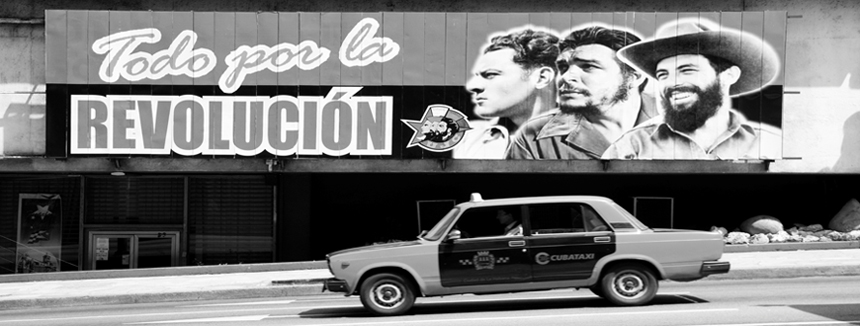The Architecture of a People
by Tori Purcell
While visiting Cuba, recently, my husband’s niece asked me, “Who is the National Hero of your country (the United States)?” I hesitated and then replied with reluctance, “Ummm, I don’t think we have one.” The bewildered face of a 10 ten year-old was beyond words. “Que extrano! (How strange) she replied as if to say, “What kind of country doesn’t have a National Hero?”
José Martí, Che, Fidel, Eleggua, Vilma Espin: these are household names in Cuba. When I say household, I mean it is impossible to find a Cuban who doesn’t know these individuals, their stories and what they symbolize. Every school, bodega, clinic, stadium, hotel, bank, police station, the list goes on carries new and old relics of these men and women. The icons exist in many shapes and sizes: statues, posters, murals, spraypainted quotations, etc.
Cubans are extremely well versed in their national history and have a strong sense of national pride. While some Cubans, especially those living outside the island, may eventually complain about the economic hardships of their country or disagree with the socialist system, there is no escaping the deep influence of the stories of these larger-than-life characters who have provided the Cuban people with a tremendous sense of strength, determination and conviction.
The photographs taken in and around Havana City show the everyday memorialization of Cuban icons. The forever presence of these individuals in the Cuban landscape has structured the ideology of a country and the architecture of a people.![]()



